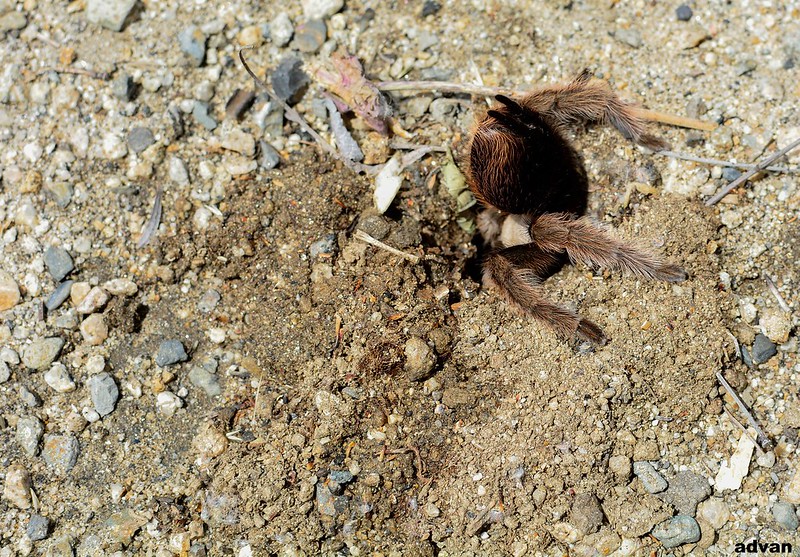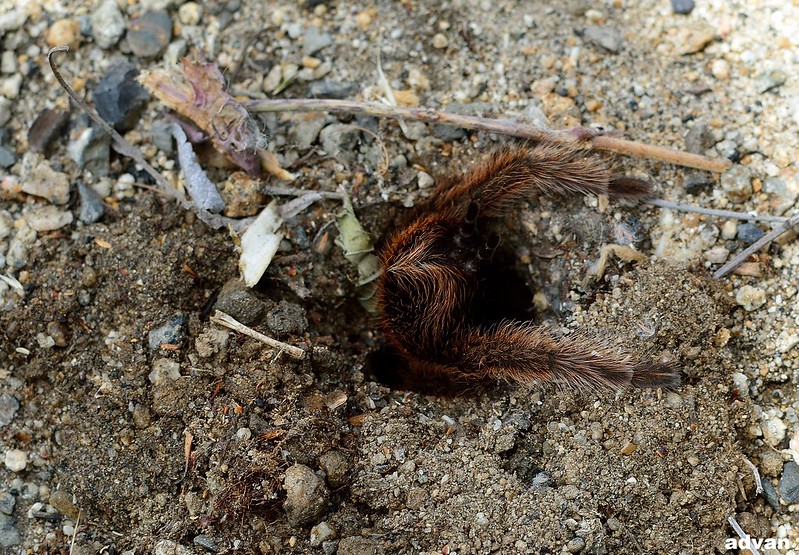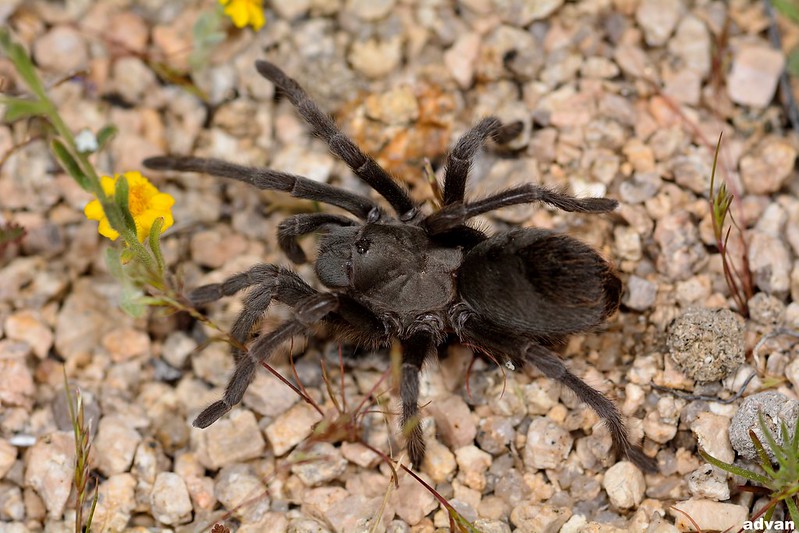- Joined
- Apr 11, 2010
- Messages
- 2,086
I went to Joshua Tree and camped for a few nights. We found two species in the park, not too far away from our campsite. Elevation was about 4400ft at the campgrounds.
Aphonopelma iodius



Female in need of a molt. My camping coffee cup is blocking her burrow.


Freshly molted female

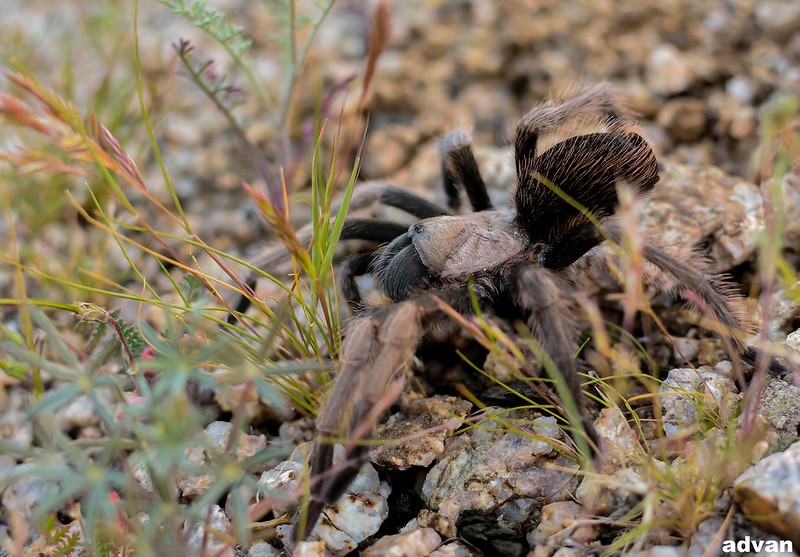

The target species was the one named after the park, Aphonopelma joshua. Even though it's a little early for them. We managed to find one female.

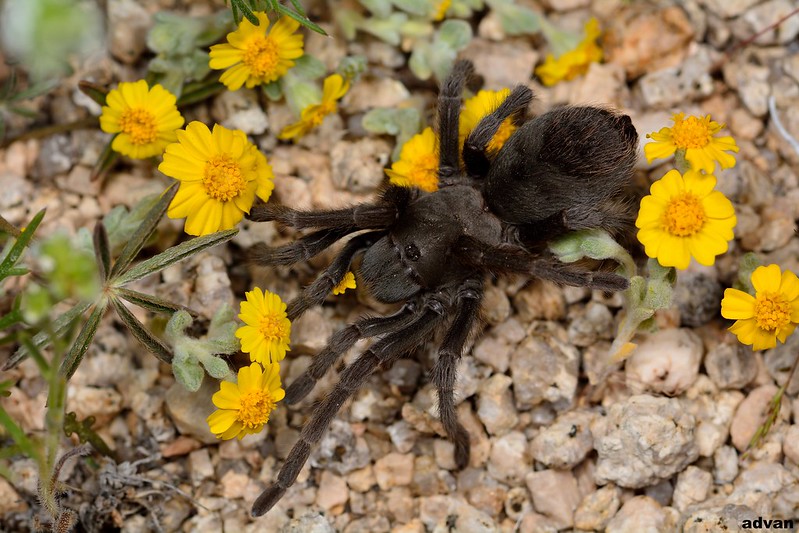


Bonus species from Riverside county. We tried this spot last October but they had already plugged their borrows.
Adult female Aphonopelma eutylenum
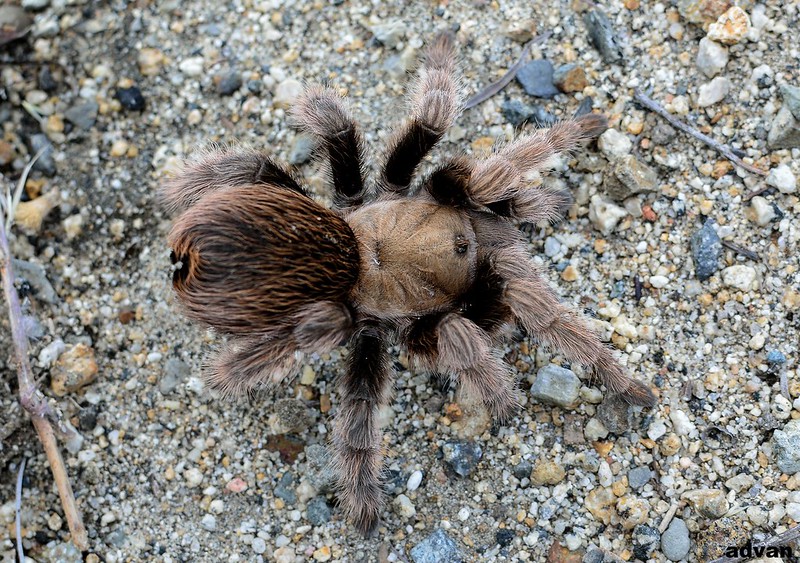

More pics soon!
Aphonopelma iodius



Female in need of a molt. My camping coffee cup is blocking her burrow.


Freshly molted female



The target species was the one named after the park, Aphonopelma joshua. Even though it's a little early for them. We managed to find one female.




Bonus species from Riverside county. We tried this spot last October but they had already plugged their borrows.
Adult female Aphonopelma eutylenum


More pics soon!
Last edited:




